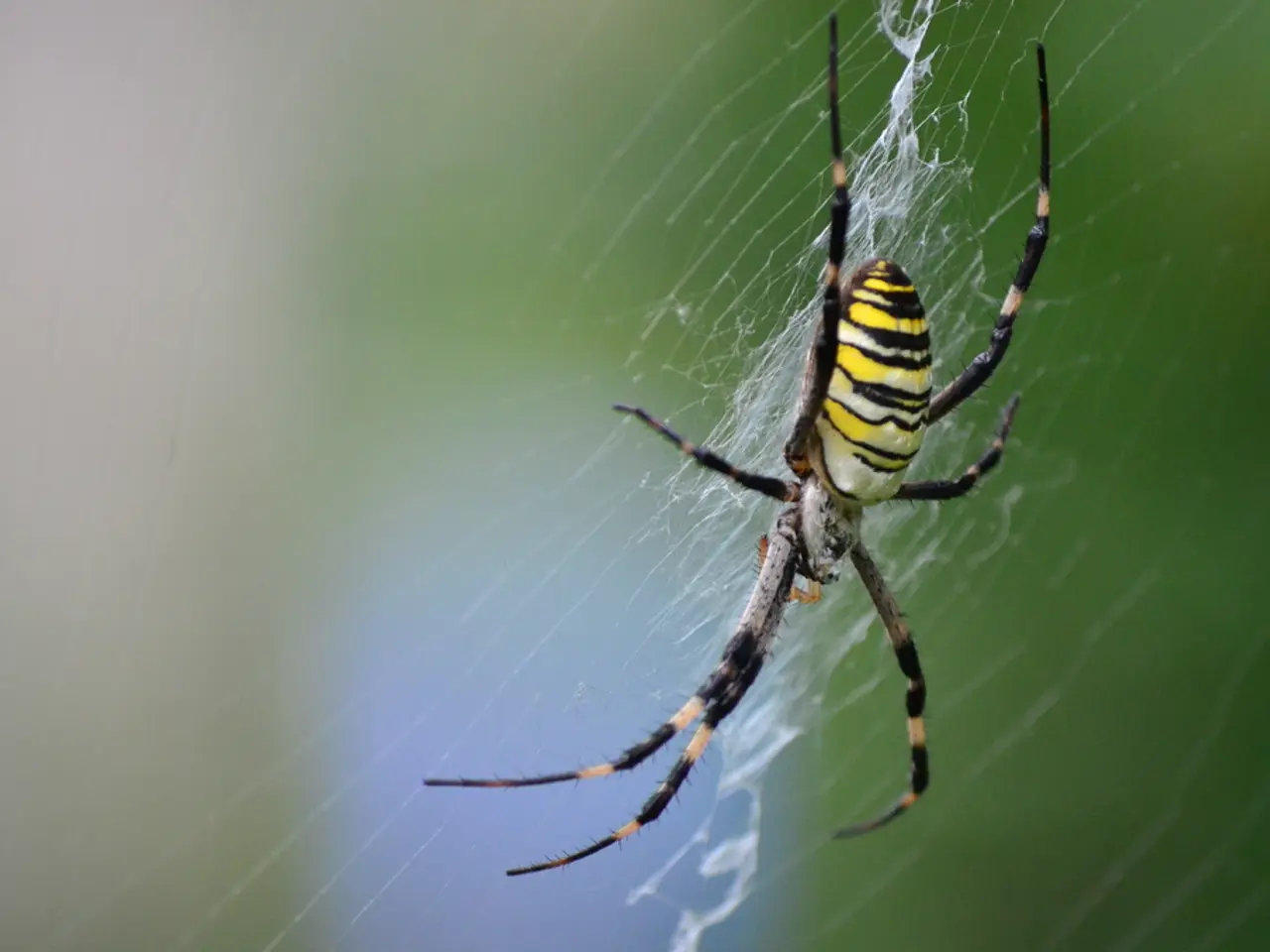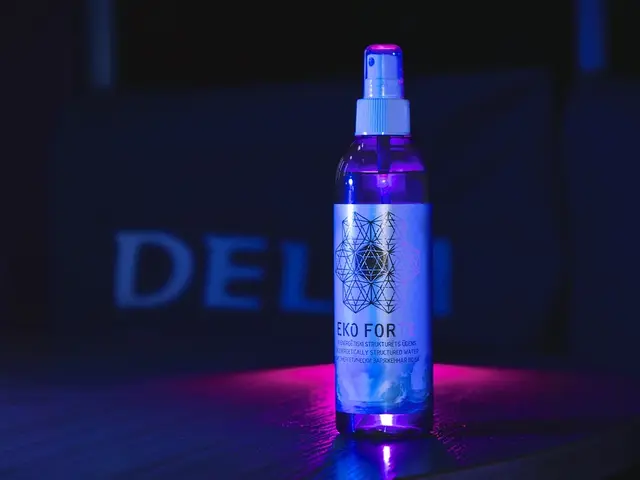"Removing Facial Spider Veins: A Guide"
Spider veins, also known as telangiectasias, are small, web-like veins that can appear on the face. While sun-damaged skin is a common cause, there are several other factors that contribute to their development. Here's a closer look at the main causes, prevention methods, and treatment options for spider veins on the face.
Genetics and family history can increase the risk of developing spider veins. A predisposition towards these veins may be inherited, as suggested by some studies [1][4]. As we age, our skin becomes thinner, making blood vessels more visible, thereby increasing the likelihood of spider veins [1][4].
Rosacea, a skin condition characterised by redness, inflammation, and visible blood vessels, can also lead to the appearance of spider veins on the face [1][4]. Hormonal changes, such as those experienced during pregnancy, menopause, or the use of birth control pills, can contribute to their development [1][4]. Regular alcohol consumption can cause blood vessels to dilate and potentially lead to broken capillaries [4].
Physical trauma or repeated pressure on the skin can cause blood vessels to break, leading to the formation of spider veins [1][3]. Lifestyle factors like smoking and high blood pressure may also contribute to their visibility or fragility [4].
Certain risk factors for spider veins include a family history of spider veins or varicose veins, chronic corticosteroid use, medications like hormonal birth control or hormone therapy, obesity, pregnancy, and smoking [4]. Interestingly, women are more likely to experience spider veins than men.
Laser treatment is the only effective method to get rid of spider veins on the face, but it requires multiple sessions every few months and touch-ups every six months to one year [2]. Undergoing laser treatment does not permanently remove spider veins, as the blood vessels can reopen [2]. It is important to note that laser treatment should be performed by a qualified healthcare professional.
Preventing the development of spider veins involves maintaining a healthy body, including healthy skin. This includes protecting your skin from sun damage, maintaining a balanced diet, and managing any underlying health conditions. Lifestyle changes, such as quitting smoking and managing blood pressure, can also help reduce their visibility [4].
If you are concerned about the appearance of spider veins on your face, it is recommended to talk to a healthcare provider or dermatologist to discuss the best options for reducing their appearance. They can provide personalised advice based on your specific case and recommend appropriate treatment options.
References: [1] American Academy of Dermatology. (2020). Spider veins. Retrieved from https://www.aad.org/public/diseases/cosmetic-procedures/spider-veins [2] American Society for Dermatologic Surgery. (2020). Laser treatment for spider veins. Retrieved from https://www.asds.net/public-education/diseases-conditions/laser-treatment-for-spider-veins [3] Mayo Clinic. (2020). Spider veins. Retrieved from https://www.mayoclinic.org/diseases-conditions/spider-veins/symptoms-causes/syc-20355309 [4] WebMD. (2020). Spider veins. Retrieved from https://www.webmd.com/beauty/spider-veins-treatment#1-2
Genetics and a family history of spider veins or varicose veins can increase the risk of their development in health-and-wellness. As one ages, skin becomes thinner and blood vessels more visible, potentially contributing to the appearance of spider veins [1][4].
Women are more susceptible to spider veins than men, with hormonal changes during pregnancy, menopause, or birth control pill usage being contributing factors [1][4]. Lifestyle choices such as smoking and poor blood pressure management may also enhance their visibility or fragility [4].
Maintaining a balanced diet, skin-care routines that protect against sun damage, quitting smoking, and managing any underlying health conditions can help prevent the development of spider veins and reduce their visibility [4]. For those concerned about their appearance, consulting a healthcare provider or dermatologist for personalised advice and treatment options is recommended [5].




